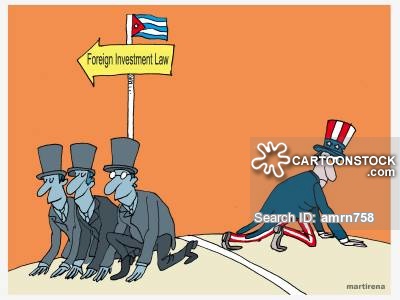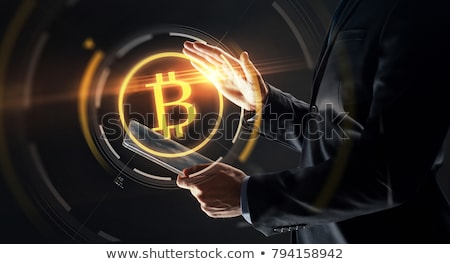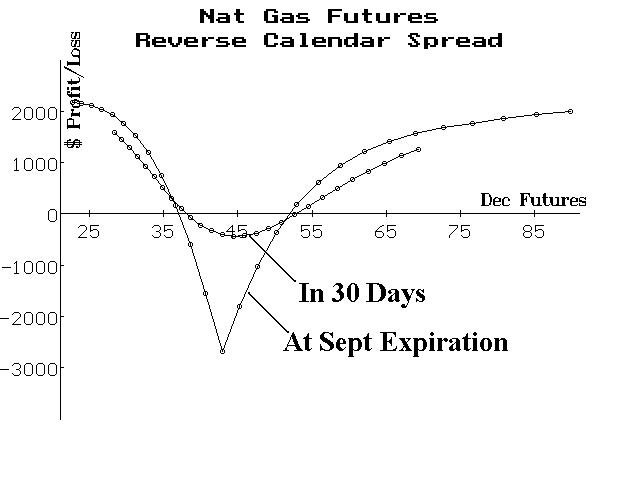Solved Which of the following are the modern forms of money?

In earlier times, the metallic money was the most common form of money that constituted the major part of money in an economy. In modern times, metallic money has been replaced by currency notes and checkable bank deposits. More specifically, commercial bank money is created through a banking system that we call fractional reserve banking. At this point, note that, in essence, commercial bank money is debt generated by the banking industry that can be exchanged for “real” money or to buy goods and services. The value of a fiduciary currency depends on the confidence that it will be generally accepted as a medium of exchange.

Money has to be exchangeable, convenient to carry, recognized as legitimate by all, physically long-lasting, and have a value that’s stable. For example, if the cost of printing a $100 bill is only $10, the government will earn a $90 profit for each bill it prints. However, governments that rely too heavily on seigniorage may inadvertently debase their currency. The word fungible refers to a quality that allows one thing to be exchanged, substituted, or returned for another thing, under the assumption of equivalent value.
Representative Money
Refers to a function of money in which money is considered as a mode of exchanging goods. The medium of exchange function is considered as the main and unique function of money as it has solved the main problem of barter system of double coincidence of wants. A government may also recognize some money as a legal tender, meaning that courts and government bodies must accept that form of money as a final means of payment. To the extent that money is accepted as a medium of exchange and serves as a useful store of value, it can be used to transfer value over different time periods in the form of credits and debts.
In poor countries, the proportion of currency money widely exceeds that of bank money. Gold was officially made the standard of value in England in 1816. At this time, guidelines were made to allow for a non-inflationary production modern forms of money include of standard banknotes which represented a certain amount of gold. Banknotes had been used in England and Europe for several hundred years before this time, but their worth had never been tied directly to gold.
What Are the Different Types of Money
On the other hand, if I had to pay for the soda with pencils, and the chair with apples, it’d be harder to understand their values. Money primarily functions as the good people use for exchanges of items of value. However, it also has secondary functions that derive from its use as a medium of exchange.

Barter is the exchange of resources or services for mutual advantage, and the practice likely dates back tens of thousands of years, perhaps even to the dawn of modern humans. Some would even argue that it’s not purely a human activity; plants and animals have been bartering—in symbiotic relationships—for millions of years. In any case, barter among humans certainly pre-dates the use of money. Today individuals, organizations, and governments still use, and often prefer, barter as a form of exchange of goods and services. Refers to the longing of individuals to hold money for various contingencies that may take place in future.
What are the Forms of Money in a Modern Economy?
Some jurisdictions have recognized cryptocurrencies as a payment medium, including the government of El Salvador. The total value of the M1 money supply in the United States as of May 2022. As traders barter for various goods, some goods will prove more convenient than others because they have the best combination of the five properties of money listed above. One person can borrow a quantity of money from someone else for an agreed-upon period of time, and repay a different agreed-upon quantity of money at a future date. The supply of the item used as money should be relatively constant over time to prevent fluctuations in value.
Unlike metallic money and paper money, this form of money cannot be passed hand to hand for purchasing goods and services. Money comes in various forms, including precious metals, currencies, and money substitutes. At this time, though cryptocurrencies have some of the properties of money, they function without a central authority and aren’t backed by governments. While cryptocurrencies (such as Bitcoin) are considered property for tax purposes by the IRS, they aren’t considered legal tender by the U.S. government. Money can be something determined by market participants to have value and be exchangeable.
During World War II, cigarettes became a de facto currency for soldiers in prisoner-of-war camps. The use of cigarettes as money made tobacco highly desirable, even among soldiers who did not smoke. Yarilet Perez is an experienced multimedia journalist and fact-checker with a Master of Science in Journalism.
Commodity Money
Refers to the motive of individuals who demand money for fulfilling the needs of themselves as well as their family. Generally, individuals hold cash for bridging the gap between the receipt of income and its expenditure. Refers to the demand for money to fulfill the present needs of individuals and businesses. Individuals require money to fulfill their current requirements, which is termed as income motive. On the other hand, businesses need money for carrying out their business activities, which is known as business motive.
German Man Accused of Posing as a Jew and Peddling Fake … – Jewish Exponent
German Man Accused of Posing as a Jew and Peddling Fake ….
Posted: Tue, 08 Aug 2023 13:55:58 GMT [source]
Although no individual bank created money, the system as a whole did. This multiple expansion process lies at the heart of the modern monetary system. In addition to currency, bank deposits are counted as part of the money holdings of the public. In the 19th century most economists regarded only currency and coin, including gold and other metals, as “money.” They treated deposits as claims to money.
But over the last 10,000 years, the material form that money has taken has changed considerably—from cattle and cowrie shells to today’s electronic currency. Refers to the requirement of money by businesses in liquid form to meet the current requirements. Businesses require money for procuring raw material and paying transport charges, wages, salaries, and other expenses. The higher turnover indicates the requirement of higher amount of money to cover up expenses.

For instance, workers who receive their salaries at the end of each month have extra cash at the beginning of the month. They deposit it with the banks by opening a bank account in their name. It connotes something deposited for safekeeping, like currency in a safe-deposit box. When one brings currency to a bank for deposit, the bank does not put the currency in a vault and keep it there.
Fiat
Paper money economises the use of precious and scarce metals by serving as representative money. The massive Depression of the 1930s, felt worldwide, marked the beginning of the end of the gold standard. In the United States, the gold standard was revised and the price of gold was devalued. The British and international gold standards soon ended as well, and the complexities of international monetary regulation began.
- The amount of money need to be held for the precautionary motive depends on the nature of a person and his/her living conditions.
- Examples of fiduciary currency include cheques, banknotes, or drafts.
- Money has to be exchangeable, convenient to carry, recognized as legitimate by all, physically long-lasting, and have a value that’s stable.
- Small seashells have many characteristics that make them ideal monetary objects.
- Eventually, these receipts became generally accepted as a means of payment and were used as money.
Individuals likewise have the arrangement to pull out the cash as and when they require it. Since the stores in the ledgers can be removed on request, these stores are called request stores. In India, the Reserve Bank of India issues cash notes in the interest of the local government.